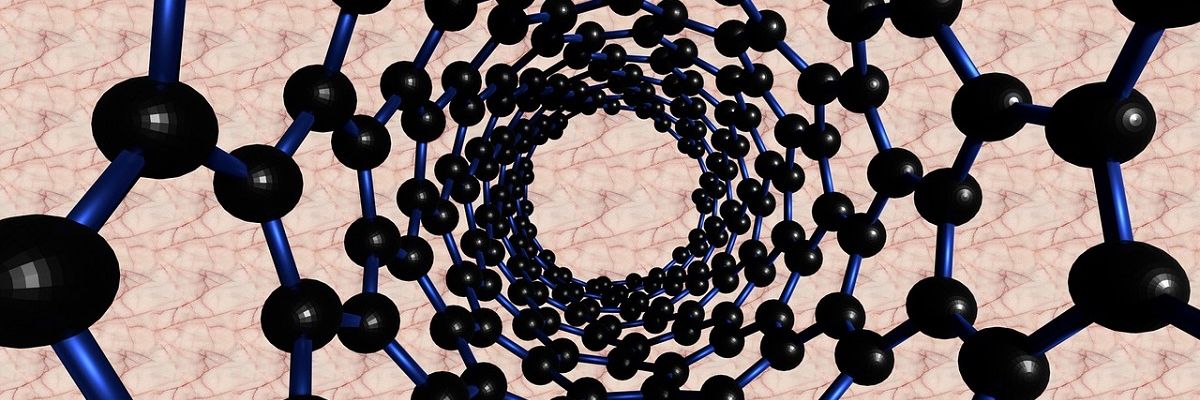
From Nano to Geo: Scaffolds for Innovation
From Nano to Geo: Scaffolds for Innovation
Fri Nov 16 08:25:00 CET 2018
The Spanish Embassy organised on November 15, 2018, an event "From Nano to Geo" at the Czech Academy of Sciences, which aims to transform ladders into scaffolds.
In a letter dated February 5, 1676, Isaac Newton remarked to Robert Hooke that: “If I have seen further it is by standing on the shoulders of Giants”. Until recently it would not have been too outlandish to claim that this remark captures the fundamental essence of scientific research. Advances in science could be characterised in terms of a simple ladder analogy, in which incremental steps were made by individual researchers or research teams, sometimes in collaboration and sometimes as sworn enemies (Newton and Hooke themselves alternated between these two states).
By ascending our ladders we have generated a huge amount of fundamental knowledge. A small proportion of this knowledge has been used to create new technologies whose impacts were so profound that they almost immediately transformed society – very few years passed between the scientific discovery and its widespread application. Sometimes the technologies were even named after the underlying fundamental principle: there is, for example, an entire generation who will always refer to any radio as a transistor.
Nowadays the arena has changed completely. Competition for research funding is ever more keenly contested and it is commonplace for proposals to highlight a range of practical applications. In many instances the boundaries of science are being pushed to their limits but the outputs are not ready to create new disruptive technologies in the short term. As an example, it is increasingly recognised that commercial magnetic memories are reaching their physical limits of speed and capacity.
Researchers at the Department of Spintronics & Nanoelectronics, Institute of Physics of the CAS, are conducting state of the art scientific research in order to overcome the physical limits of existing magnetic memories. Nonetheless it could be many years before these new materials are incorporated into commercial magnetic memories. It seems important to ask, “What could be done in the meantime?”
On November 15, 2018, the Spanish Embassy organised an event at the Czech Academy of Sciences, which aims to transform ladders into scaffolds. The first speaker of the session, Professor Tomáš Jungwirth, introduced spintronics. He and his team have led numerous projects in conjunction with many global institutions and their discoveries have been published in prestigious journals such as Science and Nature while the team have received notable media exposure.
Yet, as noted previously, it may take many years for these advances to be implemented in the latest commercial magnetic memories. Meanwhile, Dr. Xavi Marti, in the same group, attempted to apply one of the physical principles behind the main research theme, namely anisotropic magnetoresistance, to a completely unrelated field: a smart city sensor for detecting vehicles. Here, nanotechnology was targetting a completely different scale, vehicles instead of information bits, and the first scaffold was constructed.
The second attempt was led by Dr. Matt Rowberry, Institute of Rock Structure and Mechanics of the CAS, who developed a contactless positioning system for monitoring geological discontinuities such as faults and fractures. Once again, the very same physical principle was targetting a completely different scale, and the second scaffold was constructed. This contactless positioning system has been deployed on to monitor landslides in the Canary Islands and active tectonic faults in Austria and Spain.
The second speaker of the session, Dr. Raúl Pérez-López from Instituto Geológico y Minero de España, described how the new contactless positioning system can be used to help understand fault behaviour and predict future earthquake activity in conjunction with other geophysical and geochemical signals. Therefore, a small research community is already developing, incorporating spintronics, smart cities, and geological monitoring.
Figure 1 illustrates the concept of the scaffold. Three electronic boards target three completely different types of application. It is important to emphasise that the very same physical phenomena, namely anisotropic magnetoresistance, underlies these three applications, which addresses functionalities from the nanoscale to the global scale. The market penetration is different for each ladder and the development of each progresses at its own pace but, by operating as a scaffold, all ladder benefit from the existence of the adjacent projects. Ultimately, as all devices read electric signals in the same way and employ similar integrated circuits, technological challenges can be shared between ladders and scientists, who are not always experts in IT, thus enabling them to concentrate their efforts on the application.
Scaffolds may not be easy structures upon which to conduct scientific research. On one hand, innovation scaffolds require not only interdisciplinarity, exemplified by the bridging of spintronics and geology, but also bridges with industry, to create practical and cost effective design solutions. This double dialogue presents a considerable challenge for academic communities who tend to collaborate within relatively narrow domains. On these grounds, generous diplomacy efforts are needed to bring different partners together, particularly when funding is precious. Genuine interdisciplinarity is extremely difficult to achieve, in part due to the fact that different fields advance at different paces, and the lack of success stories, in which ladders are transformed into scaffolds, creates scepticism, both among scientists and bureaucrats.
Hopefully, initiatives such as the one organised by the Spanish Embassy and hosted by the Czech Academy of Sciences on November 15, 2018, helped to incentivise the construction of more scaffolds or to find ways to improve the methodologies followed by the existing ones.
Prepared by: Xavi Marti, Tomáš Jungwirth, Raúl Pérez-López, Matt Rowberry
Photo: Institue of Physics of the CAS, Pixabay
